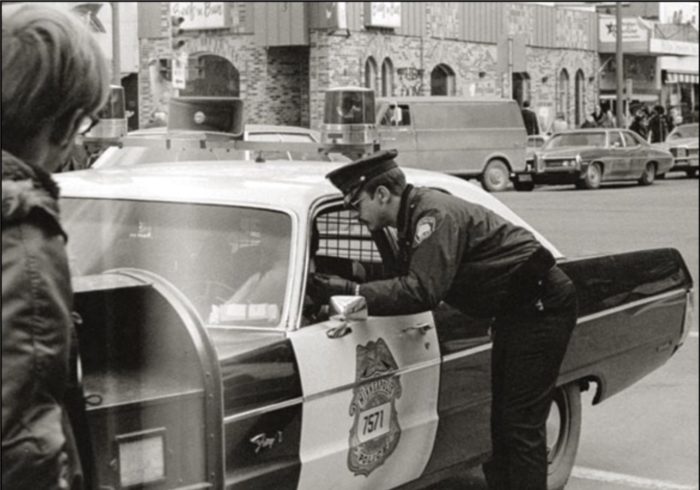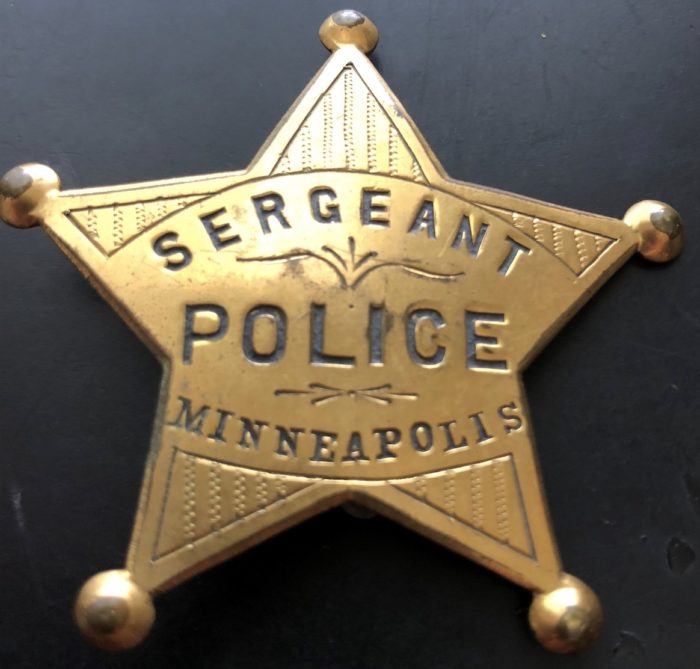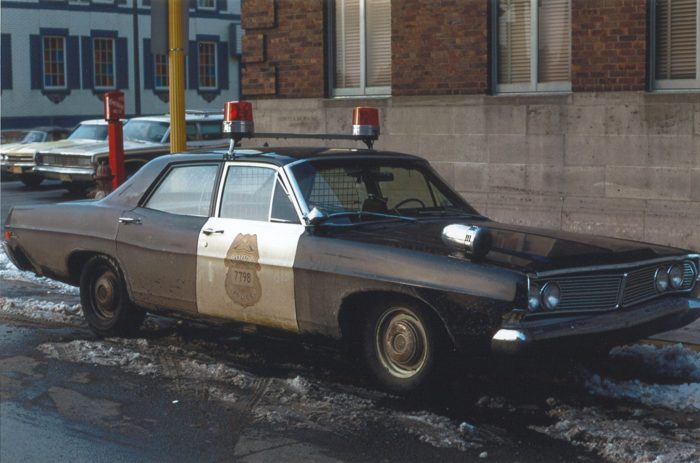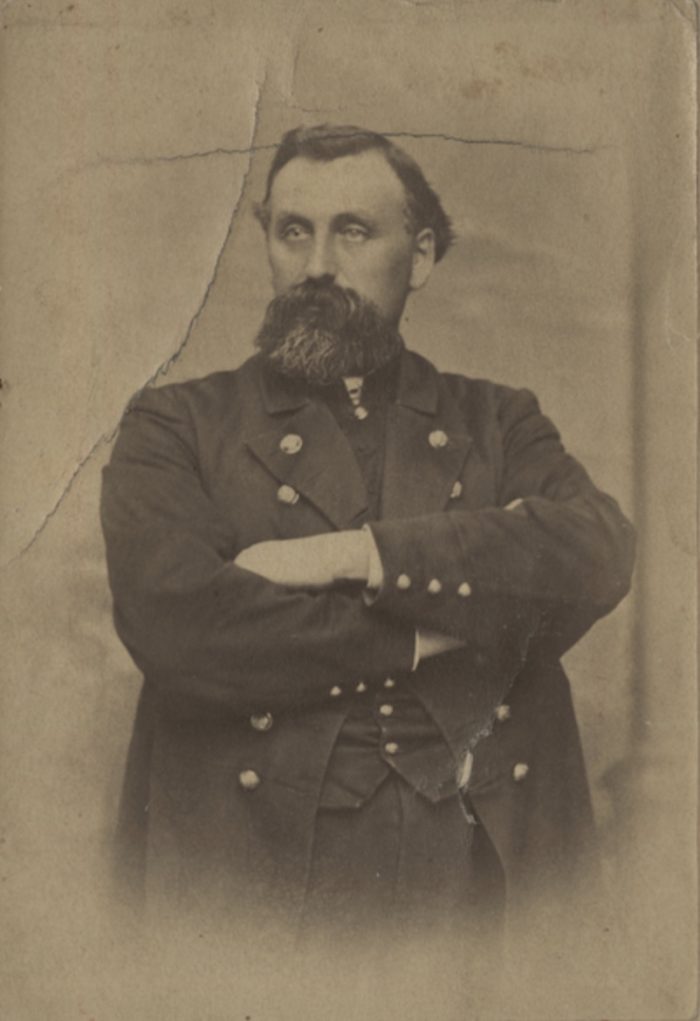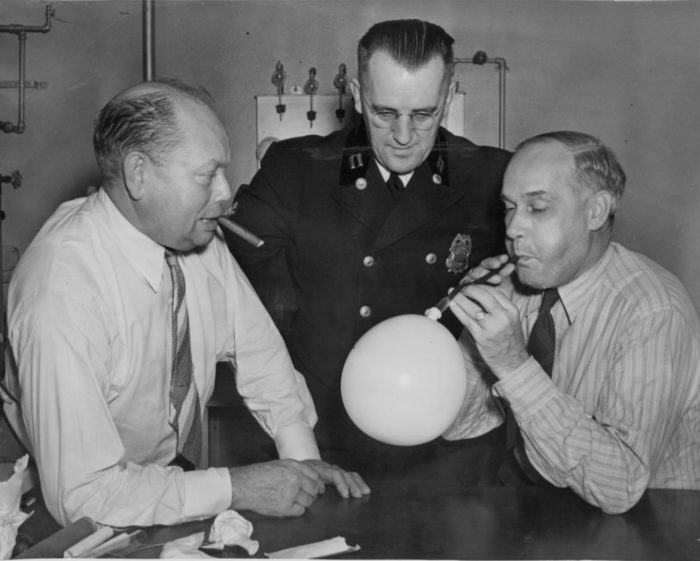We have a story to share with you from the “Minneapolis Police 150th Anniversary” book published by Acclaim Press (currently out of print).
It is a story from Officer Kenneth R. Smith called, My Hiring On and First Night as a Cop.
In the words of Officer Smith:
“In 1961, I was living in Minneapolis driving a city delivery and pickup route for the Wilson Truck System, headquartered in Sioux Falls, South Dakota. I was working out of a terminal in Roseville. It was a pretty good job, union, paying about $2.80 an hour (which was pretty good in those days), with a chance to pick up an hour or so of overtime every day.
During the late summer and fall of that year, I kept hearing that the Minneapolis Police Department was looking to hire a large group of new officers. It turned out that the department had been working a 48-hour week, meaning that the officers had only one day off each week. The Police Federation had worked hard to get their members a 40-hour week, but the city wouldn’t budge. Finally, it had been brought up as a change in the City Charter, and the citizens of Minneapolis voted in favor of it.
At the time, you had to be 23 years old to apply for the department, but to attract more applicants, the age was lowered to 22. Every evening I would look around at the old guys working on the dock, and think, “Do I want to be doing this when I’m 65?” So, one day soon after my 22nd birthday I made a decision, stopped my truck at the Second Precinct station, and asked the desk man for an application. I figured it didn’t cost anything to try. The old man at the desk said I was too young, even though I had just turned 22. He wouldn’t give me an application until I showed him my driver’s license, and even then, I could see he was not happy about it. I took it home and filled it out. You had to be a United States citizen, a high school graduate, live in the City of Minneapolis, have a Minnesota Driver’s License, and have no felony record. Your misdemeanor record had to be very minor, too. I sent it in and soon received a notice that I should appear at South High School to take the police examination. It was in the evening, I think in November.
The lunchroom was full of hopeful guys, but I thought the test was pretty easy. In a few days, I received a letter from the city that I had passed and I should show up for the agility test. It was during the day at some grade school, so I drove my delivery truck to the location and took the test on Wilson Truck System’s dime. The only thing I was worried about was climbing the rope, which I hadn’t done since high school, but I made it up the rope okay. I then received another letter to take a physical, which was in the evening. I passed the physical and the last hurdle was the psychological examination. It wasn’t much, just a group of guys sitting around, talking about why we wanted to be cops.
In the middle of January, 1962, I received a final letter telling me I was hired, and to show up at the City Council meeting on February 9th to be sworn in, and, to show up at the Minneapolis Armory downtown on Monday the 12th to begin rookie school, which was to last for four weeks. Imagine, four weeks to go from citizen to police officer. I told my boss I was leaving; he was happy for me, or maybe just happy to get rid of me! I showed up at the swearing in wearing my only suit, and took the oath. Starting pay was $478 a month, no overtime.
It turned out that they were hiring 160 new officers, 40 every month from January through April. The January class was from the old hiring list they had. The February class was the rest of the old list and about 20 from the new list, which included me. Rookie School was fun. We learned the ins and outs of police work, lots of stuff about the new search and seizure, and arrest laws. And, we got to go out to the range and try out our brand new revolvers. The range guys were really nice, and taught me how to shoot pretty well. We also got fitted out in our new uniforms, gun belts, and swanky leather jackets. I should mention that the city furnished us with a badge, a cap badge, a whistle, and a nightstick. We had to pay for everything else ourselves. We did get a raise to $492 during Rookie School, though. We also spent a couple of days signing up for all sorts of police groups. Finally, in the last week of school, we were given our assignments. I think Inspector Farrell was glad to see us go. I was sent to the Fifth, or Bryant Precinct, with three of my classmates, to appear for the Night, or Dog, watch, on March 12, 1962.
We all got there in plenty of time, and the Sergeant introduced us to the other officers. We then lined up for roll call and were given our assignments. Mine was the Nicollet and Lake beat. I was paired up with an old timer, who told me to park in the bank lot and meet him on the corner. So, I was standing there with my toes over the curb, when he came up to me and said, “This beat goes from Blaisdell to Third Avenue on Lake, and from 28th to 32nd on Nicollet. You take the south side, I’ll take the north.” With that, he turned and walked away, leaving me on the curb, somewhat taken aback. I had hoped he would show me the ropes.
I wasn’t sure what to do. I knew I had to check in every hour at a call box on my beat, and I could use the call boxes or a pay phone to call for assistance, if needed (we were told to always carry a dime). There were three open businesses on my part of the beat… a 24-hour restaurant on the corner, a bar on 31st and Nicollet, and a towing company that did towing for the city on 32nd and Nicollet. At that time, there were no computers in the cars, no portable radios, tasers, or pepper spray; the only tools we had were a whistle, a nightstick, and a revolver.
I walked the beat that night, checking for open doors, check- ing in every hour, and spending a lot of time in Hill’s Café and Graham’s Towing. The patrol cars in the district also asked me to listen to their radios when they took their lunch break. It was a night I’ll never forget.”
Please reach out to us at info@mplspolicemuseum.org if you have a story you would like to share.
